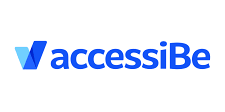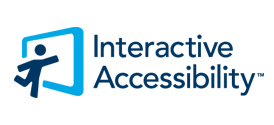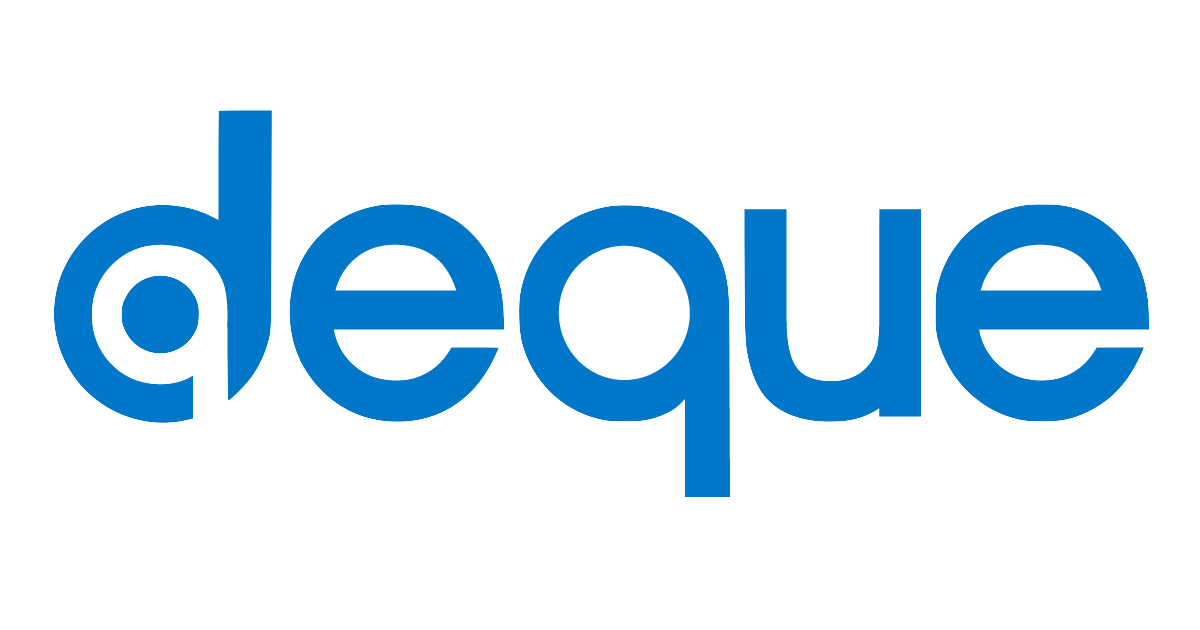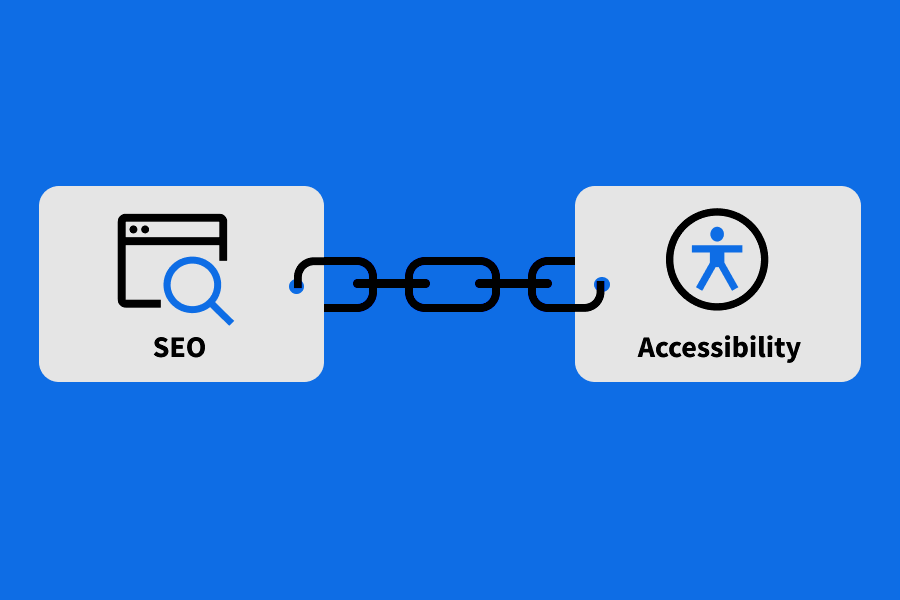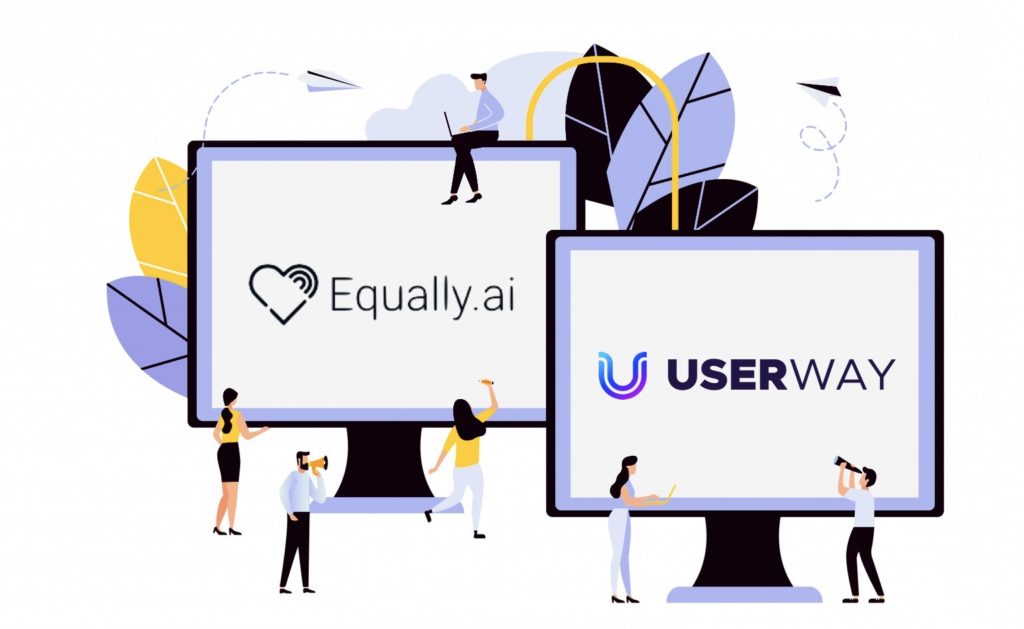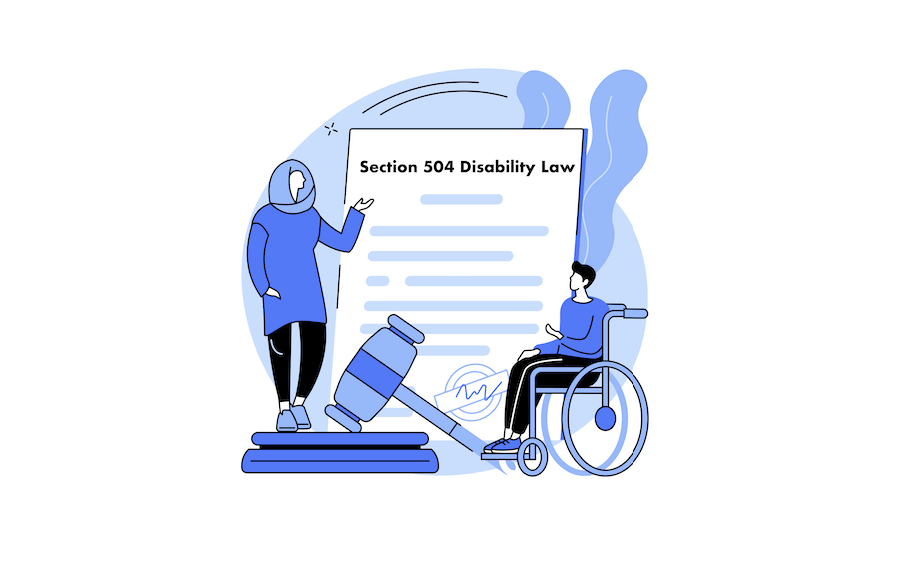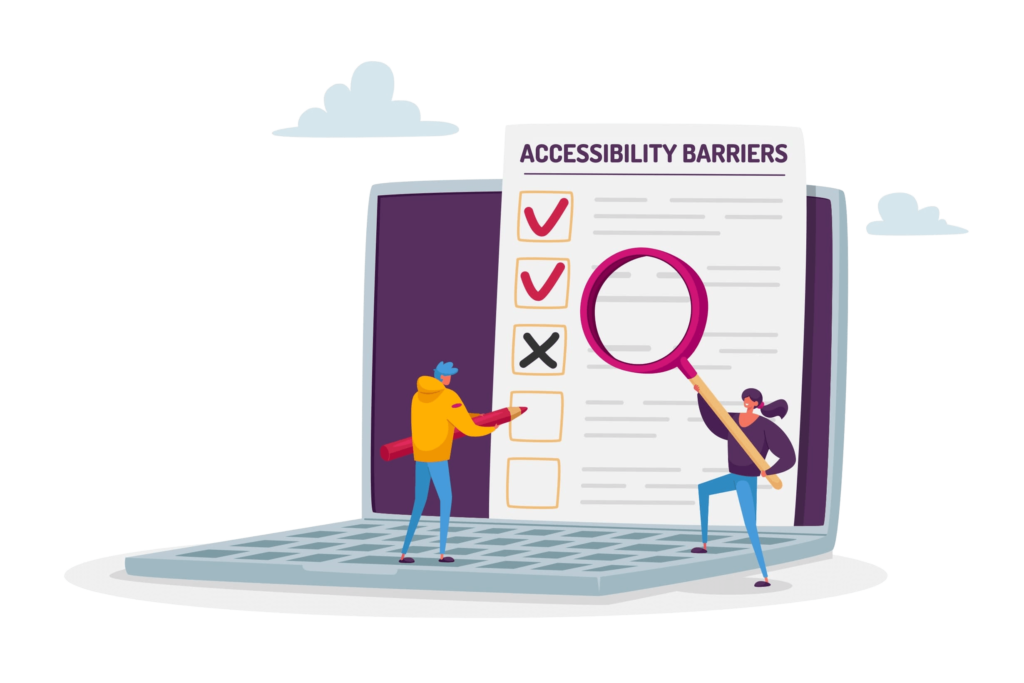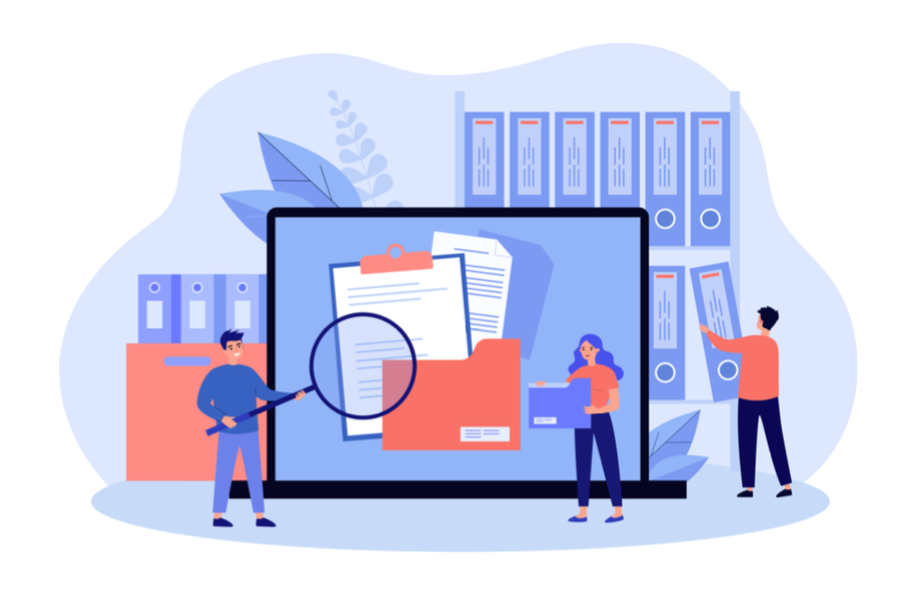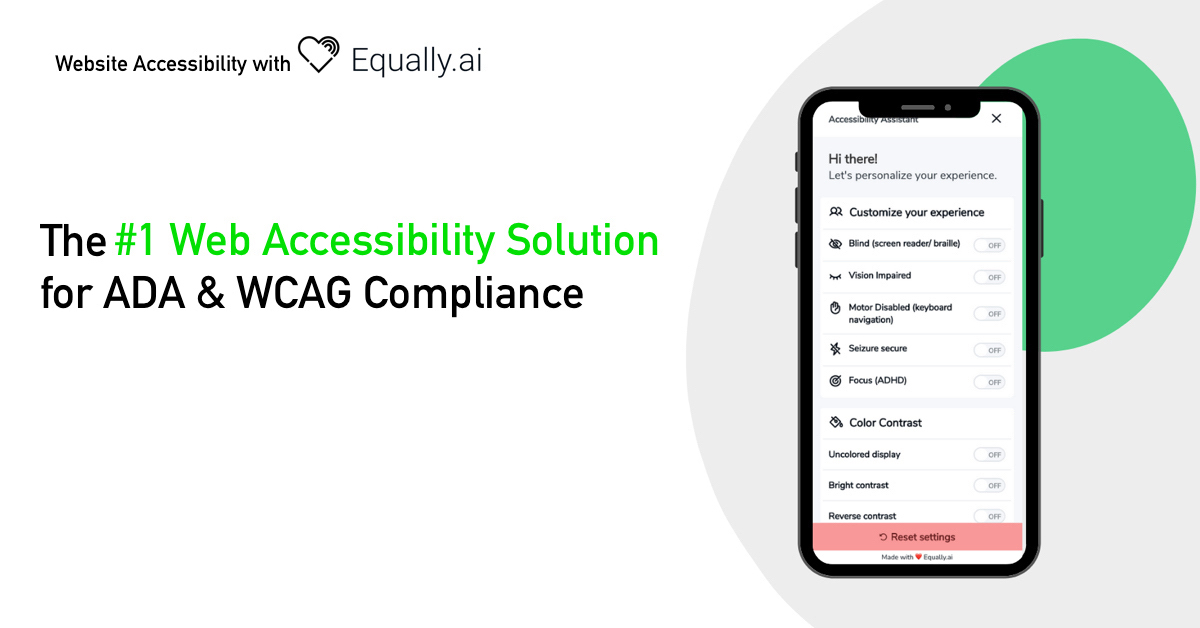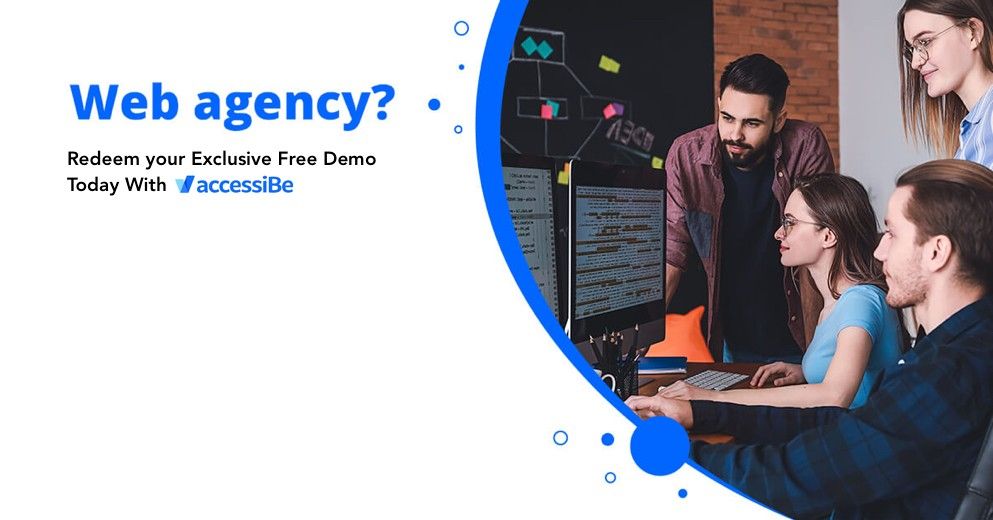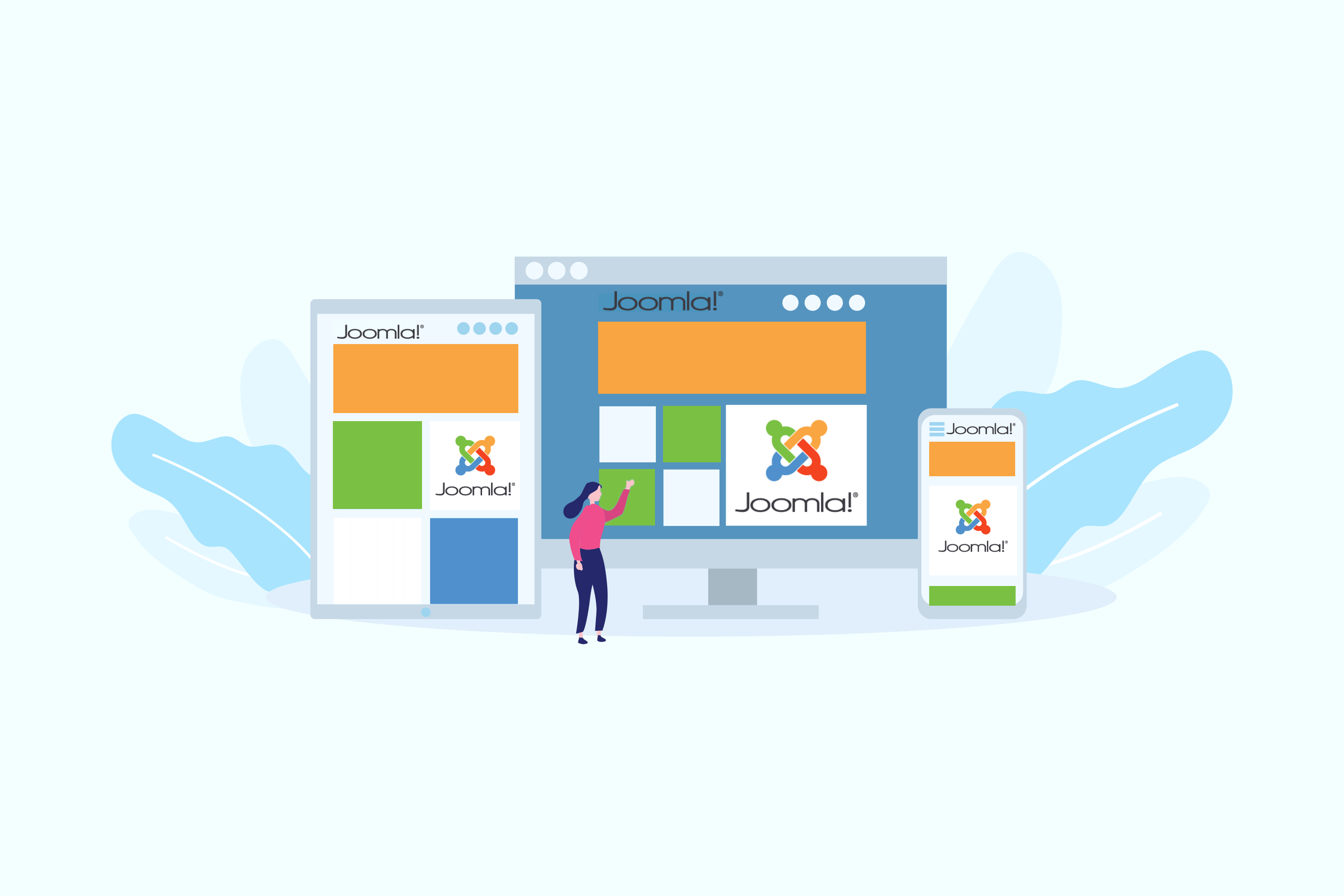
What is Joomla Exactly?
Joomla is a CMS that supports accessibility and offers a variety of compliant templates. Working with it feels clean and undoubtedly smooth. Joomla’s launch was back in 2005, and they’ve proven themselves providing exceptional quality services for over 15 years now. Over the years, Joomla has been used mainly for blogging and publishing articles. But now, there are a variety of websites created with the platform. As a beginner, you may feel lost among the various basic publishing options offered. But don’t worry about that – Joomla is as simple as it could be.
A little experience gets the job done! Apart from the simple features, you will find many extensions built especially for the platform. Ranging from implementing basic features to your website to web accessibility extensions. Joomla is built on PHP and uses MySQL for database management. We’ve mentioned that it is used primarily for blogging, but there are plenty of e-commerce websites built on Joomla. The latest version is Joomla 4 (still in beta), and the developers are constantly improving all the aspects of the platform. Let’s find out more about Joomla Web Accessibility.
What is Web Accessibility?
Whether you’re a website owner or developer, you must’ve heard about web accessibility and its primary benefits for your website. When you have a website, built on the Joomla platform, you need to check and make sure it conforms to Web Accessibility guidelines. Web accessibility has been around since digitalization but currently, it is a trending topic around website builders, and that’s for a reason. The web and all information inside it should be made accessible for everyone equally. The primary purpose of accessibility is to assist people with disabilities to reach and operate your website without any problems. But there are also two benefits for you and your website:
- Better Accessibility = More Viewers
- Avoid Law Problems
For instance, if you provide an exception and personalized experience to each user, they’ll stay more on your website. When your website is more accessible to its viewers, you will surely lure more viewers and increase your earnings. You get to avoid getting sued for lack of accessibility – many website owners are already facing charges, especially in the US.
WCAG Guide
The Web Content Accessibility Guidelines are developed to explain in-depth web accessibility and its implementation to your website. If you visit the official WCAG website, you’ll find plenty of information left and right, and might even get lost. That’s why we decided it’d be better to explain the guidelines. Even though it’s over ten years old, the WCAG 2.1 is considered level AA (average), the recommended and required standard nowadays. As of 2018, it is lawfully the required accessibility standard in the US. The guidelines provide enough accessibility for everyone to be satisfied.
The content guide has four main principles:
- Perceivable: Present information and interface in ways users can perceive it.
- Operable: Your website navigation and interface should be easy to use for everyone.
- Understandable: Avoid complexity and focus on simplicity.
- Robust: The content must be able to be interpreted by different assistive technologies without any problems.
One of the essential parts of accessibility in your content is to avoid abstract language and focus on concreteness. If you’d like to achieve all of these, there are many things to consider in your website template. Here are a few things you can edit manually to improve accessibility:
- Organize your Headers
- Properly Placed Alt Tags to Images
- Descriptive Links
- Maintain Color Contrast
- Offer Navigation via a Keyboard
- Label Forms
Automated Web Accessibility Plugins for Joomla
Our mission is to improve web accessibility around the world and ensure a worldwide compliant web. As a Joomla website owner, web accessibility can be improved by using solutions. We’d recommend using automated web accessibility plugins that will surely save you a lot of time.
Userway
Userway is a free plugin with an option for a paid plan that will optimize your web accessibility. The plugin automatically scans your content and detects any accessibility gaps that are left. Afterward, a powerful AI tool proceeds further and makes your website compliant. But let’s take a more in-depth look at what Userway is doing.
You don’t even have to add the plugin to your website if you don’t want to. Take advantage of the accessibility audit, where Userway’s accessibility experts take a look at your website’s accessibility analysis and help you with existing compliance issues.
But if you add the plugin to your website, most of the issues will be taken care of automatically. Your viewers will have a new tab to choose from different technologies for accessibility, such as:
- Screen Reader
- Smart Navigation
- Contrast Modifier
- Highlighted Links
- Cursor Modifier
There are even more features! You can find more information at a more detailed Userway review. Using Userway is like viewing the web page according to your preferences. It’s designed as a fully personalized web experience that will suit any person’s needs. The best part is that the installation is easy and doesn’t require anything. You have to install the plugin through Userway’s website and configure it. To add it to your website, add a few lines of code to your website’s existing code.
EqualWeb
As soon as you hear the name ‘EqualWeb’, you can already understand this plugin’s purpose even if you listen to it for the first time. Currently, Equalweb is installed on over 100 million web pages! The process for implementing web accessibility starts the same as with Userway. Your whole website and all its pages get a throughout scan to determine any accessibility issues. That scan could take some time as their database has over 1 million accessibility remediation rules.
Now Equalweb’s advanced AI takes on and introduces accessibility policies to your website. The process could also require some patience and ascend your website’s accessibility up to 95%, which is pretty much for 0 manual hotfixes. But if that 5% bothers you that much, there’s a manual audit, where Equalweb’s experts analyze your website and remediate the last accessibility issues.
Equalweb also has similar features to Userway. A more in-depth EqualWeb review may help you understand its features. Your viewers will be able to tailor your website according to their preferences and needs. Meanwhile, there are a few features that may benefit you additionally:
- Voice Commands
- Over 20 Languages
- Feedback Forms
accessiBe
AccessiBe is a relatively new web accessibility plugin compared to others, which have been in the industry. Founded in 2018, accessiBe developers have proven to be one of the best in accessibility optimization. All of that in just a few years. But unfortunately, there is just a 7-day free trial. All the plans are paid.
The installation process is as simple as it gets – inserts a single Javascript line, and that’s it! After installation, in the next two days, accessiBe will make a thorough scan of all your website pages and fix any accessibility issues. Also, there’s a daily scan that will check your new content and fix its problems also.
Apart from delivering a tailored experience, the AccessiBe interface offers six profiles that each user can turn on or off:
- Seizure Safe Profile
- Vision Impaired Profile
- Cognitive Disability Profile
- ADHD Friendly Profile
- Blind Users
- Keyboard Navigation
Users can toggle those profiles according to their preferences and browse the website according to their needs. AccessiBe is considered one of the best, if not the best, web accessibility plugins.
Accessibility Extensions from Joomla App Store
As we’ve already mentioned, there’s an app store in Joomla offering various extensions to optimize user’s experience on your website. In the extensions, one can find multiple tools to audit their website and improve accessibility. Here are some of the best ones on the app store:
After using any of these, you can either proceed using an advanced plugin for accessibility improvements or check the store’s top tools. There are free modules that follow WCAG 2.0 and can make your website compliant. But the best tools on the Joomla app store are undoubtedly the DJ extensions pack:
- DJ-MegaMenu
- DJ-MediaTools
- DJ-CookieMonster
- DJ-ImageSlider
The DJ extensions also offer a personalized experience for all users. Even though they’re considered the best tools in the store, you can’t achieve 100% compliance with the latest web content accessibility guidelines.
To Conclude Joomla Web Accessibility
Web accessibility has become an essential part of every website nowadays, and there’s a reason behind that. It’s the 21st century, and all people are already equal. Therefore, equal accessibility is a must. It’s high time we make the broad web and all its information accessible to everyone, especially with the COVID-19 pandemic around us. Lectures, seminars, interviews, studies, and basically everything proceeds online, so let’s include everyone in the activities!
Joomla is among the website builders that have taken care of their accessibility even without extra plugins. Just taking advantage of the app store can make your website compliant enough to deliver a better user experience for everyone. But if you decide to step up your game and install an advanced plugin such as Userway, it will do wonders with your site. It includes a refined menu, using which users can personalize their experience and tailor it according to their needs and disabilities.


